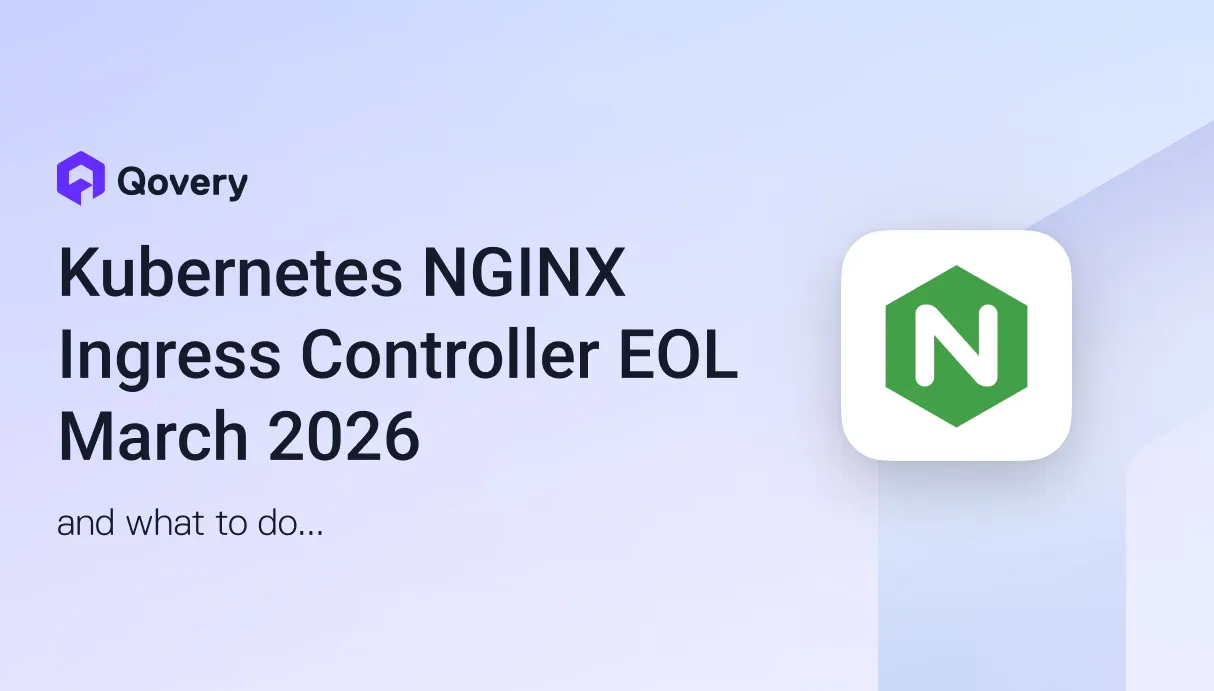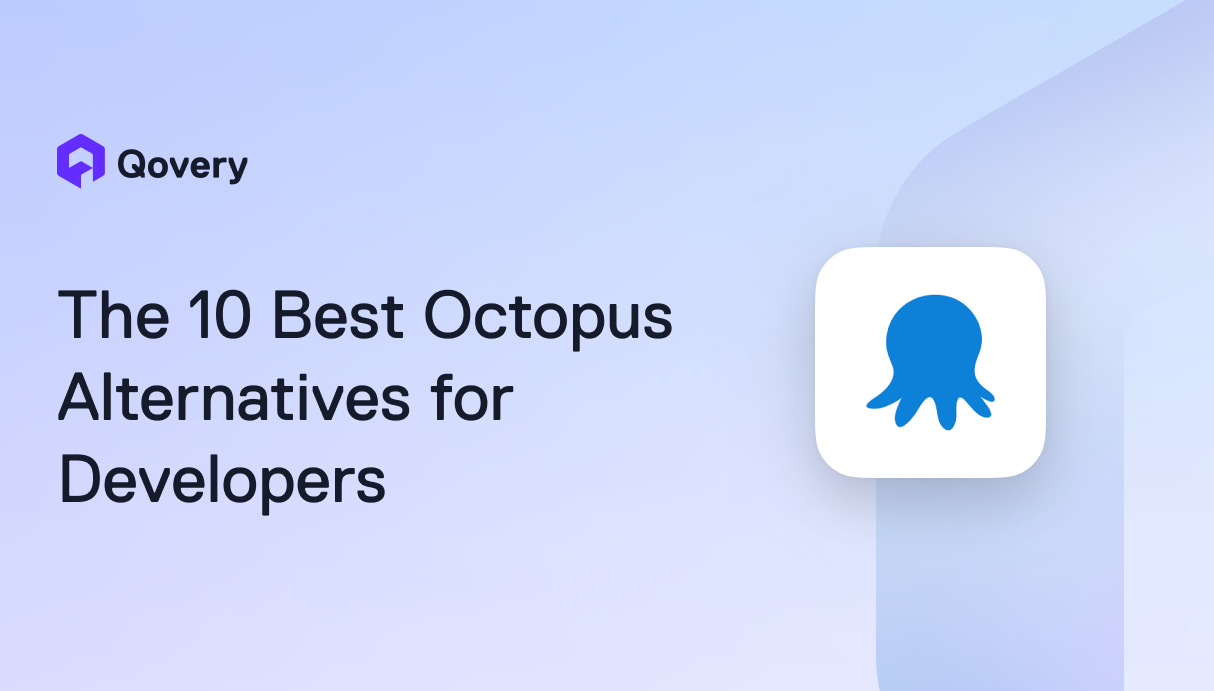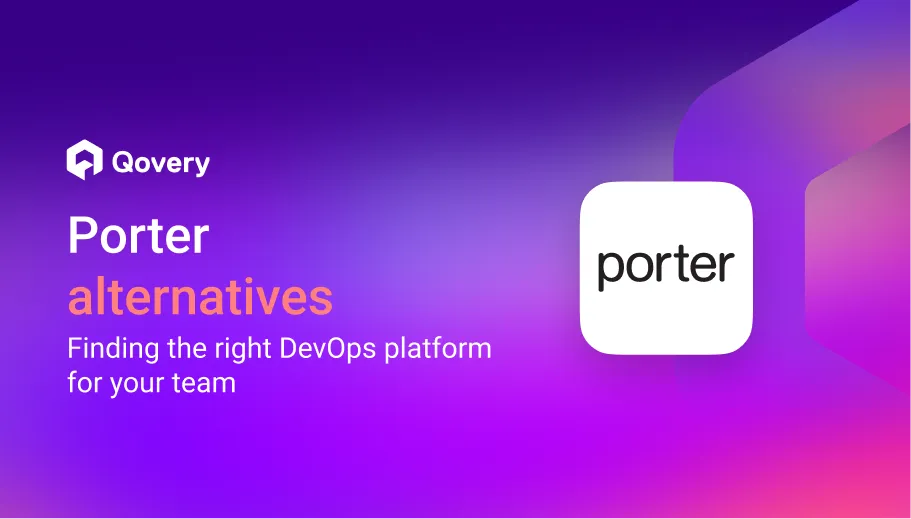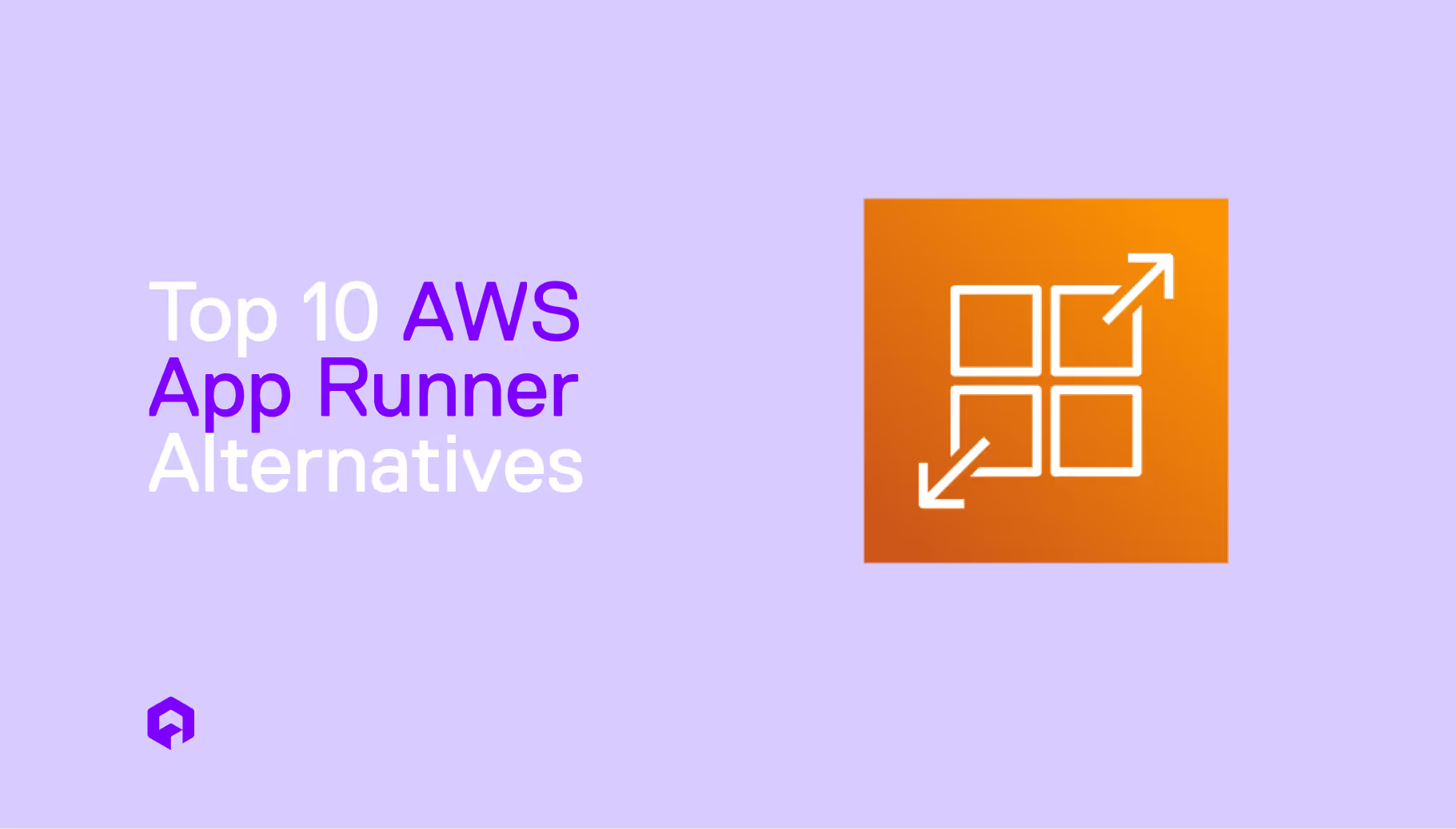

The Definitive Guide to HIPAA Compliance on Microsoft Azure

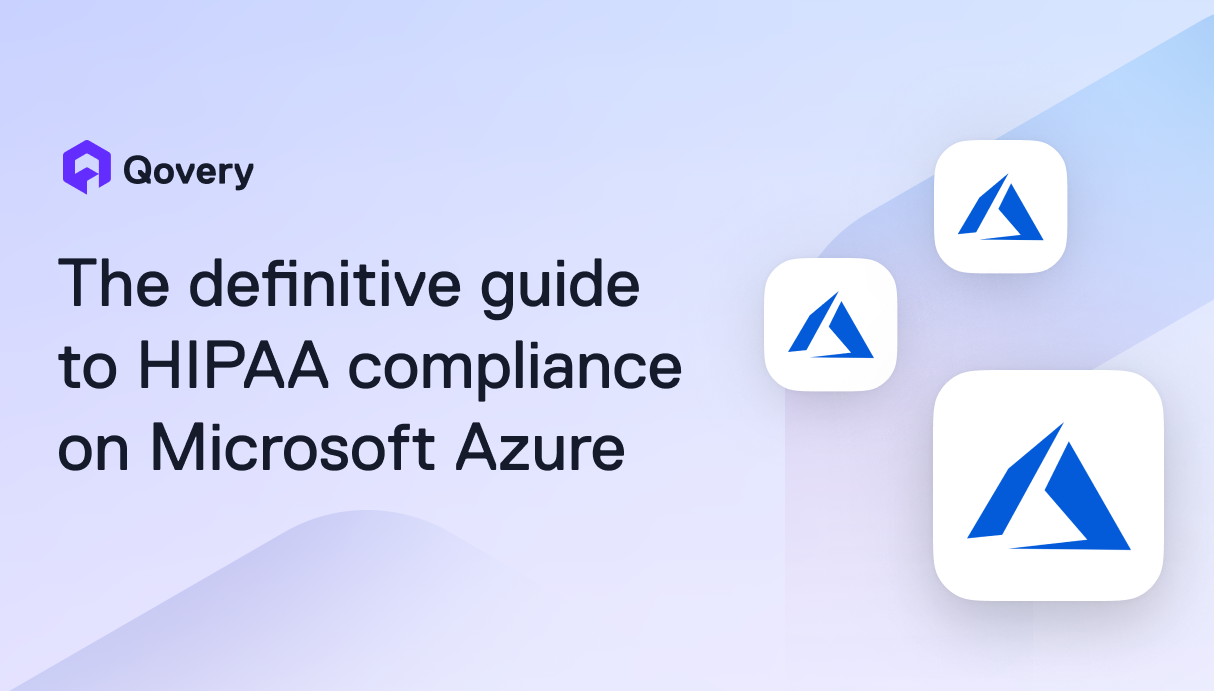

Key Points:
- HIPAA compliance uses a Shared Responsibility Model where the customer is responsible for everything above the infrastructure layer (data, applications, access). Compliance begins with signing a Business Associate Agreement (BAA) with Microsoft and using only HIPAA-eligible Azure services.
- Customers must implement strict technical safeguards, including strong Access Control (MFA, RBAC), comprehensive Data Encryption (at rest and in transit), and strict Network Segmentation (VNets, NSGs) to protect PHI.
- Platforms like Qovery simplify compliance by automating security controls, enforcing least privilege, and creating an immutable audit trail. This embeds security into the deployment process, significantly reducing configuration risk.
Healthcare organizations face a critical challenge: modernizing their technology infrastructure while maintaining the integrity of Protected Health Information (PHI) stored on their systems.
Moving healthcare data to the cloud promises operational efficiency and scalability, but compliance requirements make this transition complex. Most cloud providers like Microsoft Azure can offer HIPAA-eligible services, yet simply using their services cannot guarantee compliance.
HIPAA establishes three core rules for protecting patient data:
- A Security Rule, mandating administrative, physical, and technical safeguards for electronic PHI.
- A Privacy Rule, governing how PHI can be used and disclosed.
- A Breach Notification Rule requiring organizations to notify patients and authorities when unauthorized PHI access occurs.
Covered entities (healthcare providers, health plans) and their Business Associates (vendors handling PHI) must implement these requirements.
The Non-Negotiable Start: Microsoft's BAA
Before storing any PHI on a cloud provider like Azure, organizations must sign a Business Associate Agreement (BAA) with Microsoft. The BAA establishes Microsoft as a Business Associate under HIPAA, creating legal obligations for both parties. Without this agreement, using Azure for PHI violates HIPAA regulations regardless of technical security measures implemented.
Microsoft's BAA covers specific Azure services deemed HIPAA-eligible. Not all Azure services are included. Organizations must verify each service they plan to use appears on Microsoft's HIPAA-eligible services list. Using non-covered services for PHI storage or processing creates compliance violations even with a signed BAA.
Deciphering the Shared Responsibility Model
Compliance isn't solely Microsoft's burden. Azure operates on a shared responsibility model where both Microsoft and customers maintain shared specific security obligations. Understanding this division prevents dangerous assumptions about who is responsible for the security of which service.
Microsoft's Responsibility (The Cloud Provider)
Microsoft is responsible for securing the underlying physical infrastructure of their cloud offering. This includes data center security, hardware maintenance, hypervisor management, and network infrastructure. They ensure physical servers are protected, maintain environmental controls, and implement foundational security measures.
Customer's Responsibility (The Covered Entity/BA)
Healthcare organizations control and are responsible for everything above the infrastructure layer. This includes operating system configuration, network controls, identity management, application security, and, critically, data encryption. Customers decide who accesses PHI, how it's encrypted, and which security controls protect it.
The key takeaway: Azure is HIPAA-eligible, but achieving HIPAA-compliant usage depends entirely on customer implementation. Microsoft provides the tools, while organizations must implement controls to use them within compliance.
Pillars of Technical Compliance on Azure
Access Control and Identity Management
Azure Active Directory (Azure AD) forms the foundation of identity management for HIPAA compliance. Organizations must implement strong authentication for all users accessing PHI. This means enforcing multi-factor authentication, conditional access policies based on location and device compliance, and regular access reviews.
Role-Based Access Control (RBAC) implements the principle of least privilege, where each user receives only the permissions necessary for their job function. A nurse accessing patient records doesn't need administrative access to Azure infrastructure. RBAC prevents unauthorized access by limiting what authenticated users can do.
Data Protection (Encryption)
HIPAA requires encryption for PHI both at rest and in transit. Azure provides multiple encryption mechanisms that organizations must properly configure.
Data at Rest
Azure Disk Encryption protects virtual machine disks. Managed storage or managed databases like Azure SQL Database must be secured using strong encryption so that data can only be decrypted by the managing applications.
Data in Transit
All network communication carrying PHI must use TLS/SSL encryption. Azure Application Gateway and Azure Front Door enforce HTTPS for web applications. All internal and external network communication should enforce TLS/SSL to prevent unencrypted data transmission.
Key Management
Azure Key Vault centralizes encryption and key management. It provides access logging, key rotation capabilities, and separation of key management from data access. This meets HIPAA's requirement for encryption key protection and audit controls.
Network and Boundary Protection
Network segmentation isolates PHI from other systems, protecting them from unauthorized access. Azure Virtual Networks (VNets) create isolated network spaces where organizations control IP addressing, subnets, and routing. PHI systems should reside in dedicated subnets with restricted access.
Network Security Groups (NSGs) act as distributed firewalls for applications running on the infrastructure. They filter traffic at the subnet and network interface level using rules based on source, destination, port, and protocol. Default-deny rules should block all traffic except explicitly allowed connections.
Azure Firewall provides centralized network security. It offers application and network-level filtering, threat intelligence, and logging. Web Application Firewall (WAF) protects web applications from common attacks. These services create defense-in-depth protecting PHI from network-based threats.
Accelerating Compliance with Qovery (Partner Tool Integration)
Platform tools like Qovery simplify HIPAA compliance on Azure by automating security controls and reducing configuration complexity. Manual Kubernetes configuration on Azure introduces compliance risks through misconfiguration. Qovery abstracts this complexity while enforcing security standards.
Enforcing Security by Abstraction
Qovery shields developers from direct Kubernetes configuration. Instead of manually configuring pods, services, and ingresses through kubectl, developers deploy applications through Qovery's console. The platform automatically applies security blueprints, ensuring PHI-handling applications deploy only to segmented networks with mandatory encryption.
This abstraction prevents common security mistakes. Developers can't accidentally expose services to the internet or deploy without encryption. Security policies are embedded in the platform rather than relying on developer knowledge of Kubernetes security.

Automated Least Privilege
Qovery enforces strict separation of role and least-privilege principle. A developer who needs to deploy applications doesn't receive Azure subscription owner access. Platform engineers get infrastructure management permissions without accessing application data. The platform offers easy solutions to manage roles and permissions for users and teams.
This granular permission model significantly reduces the risk of unauthorized PHI access. The platform enforces separation of duties, and it meets HIPAA's administrative safeguard requirements.
Immutable Audit Trail
All operations made on Qovery are logged through an audit log, accessible by any authorized user. Deployments, configuration updates, and infrastructure modifications create commits with author information and timestamps. This provides the immutable audit trail required for HIPAA compliance.
Furthermore, by using Qovery only through its Terraform provider and managing all infrastructure through code, it is possible to use git to track all infrastructure modifications.
With either solution, auditors can review the complete history of who changed what and when. The Git repository or Audit trail becomes the compliance record showing all infrastructure and application changes. This eliminates the need for manual change documentation.
Secrets Management Simplification
Qovery offers a complex secrets and environment management solution to developers. It handles secrets injection at runtime into running applications as well as secure storage. Developers never see production database passwords or API keys. This prevents secrets from appearing in code, configuration files, or Git repositories.
Secret rotation becomes simpler since applications automatically receive updated secrets on restart. No code changes are required when passwords change. This reduces the risk of exposed credentials while meeting HIPAA's access control requirements.
Continuous Compliance and Audit Readiness
Enforcing the Baseline with Code
Azure Policy defines and enforces organizational standards across all subscriptions. Policies prevent deployment of non-compliant resources. For example, policies can require encryption on all storage accounts, enforce specific SKUs for cost control, or mandate resource tagging for inventory management.
Use policies to enforce strong compliance from your resource-management standpoint. This helps you shift compliance from reactive auditing to proactive prevention, as non-compliant configurations can never reach production while controlled by policies.
Monitoring and Logging
Azure Monitor and Azure Log Analytics capture audit logs and access records. HIPAA requires retaining these logs for several years. Organizations must configure log retention policies and ensure sufficient storage capacity.
Azure Log Analytics workspaces centralize logs from multiple sources. Their query capabilities enable complex log analysis for security investigations and compliance reporting. Alert rules can also notify administrators of suspicious activities or compliance violations when they occur.
Security Posture Management
Microsoft Defender for Cloud continuously assesses compliance posture for engineering organizations. It provides a compliance score showing adherence to various standards, including HIPAA. The service identifies potential misconfigurations and provides remediation and troubleshooting guidance.
Microsoft Defender for Cloud's regulatory compliance dashboard tracks progress toward HIPAA compliance. It shows which controls are satisfied, which need attention, and provides actionable recommendations to improve one’s posture towards the regulation. This continuous assessment ensures compliance doesn't degrade over time and gets improved where it may need attention.
Conclusion
Compliance is an ongoing process, not a one-time configuration. Microsoft Azure provides the infrastructure and tools necessary for HIPAA compliance at the infrastructure level, but organizations must diligently configure and govern their use from their cloud setup all the way to the application level.
The shared responsibility model means that while Microsoft secures the platform throughout, healthcare organizations secure their data and usage within it.
Technical controls are only one part of the HIPAA compliance. Organizations also require administrative safeguards like workforce training and physical safeguards for workstation access. Regular risk assessments are critical to identify new threats and verify existing controls remain effective.
Platforms like Qovery can dramatically simplify the continuous compliance burden by providing secure, automated guardrails for development teams. By abstracting infrastructure complexity and embedding security controls, these compliance security tools for DevOps enable healthcare organizations to focus on patient care rather than infrastructure management.
Ready to simplify HIPAA compliance on Azure? Schedule a demo with Qovery to see how automated security controls and GitOps workflows can strengthen your compliance posture while accelerating development.

Suggested articles
.webp)



.svg)
.svg)
.svg)

.png)
